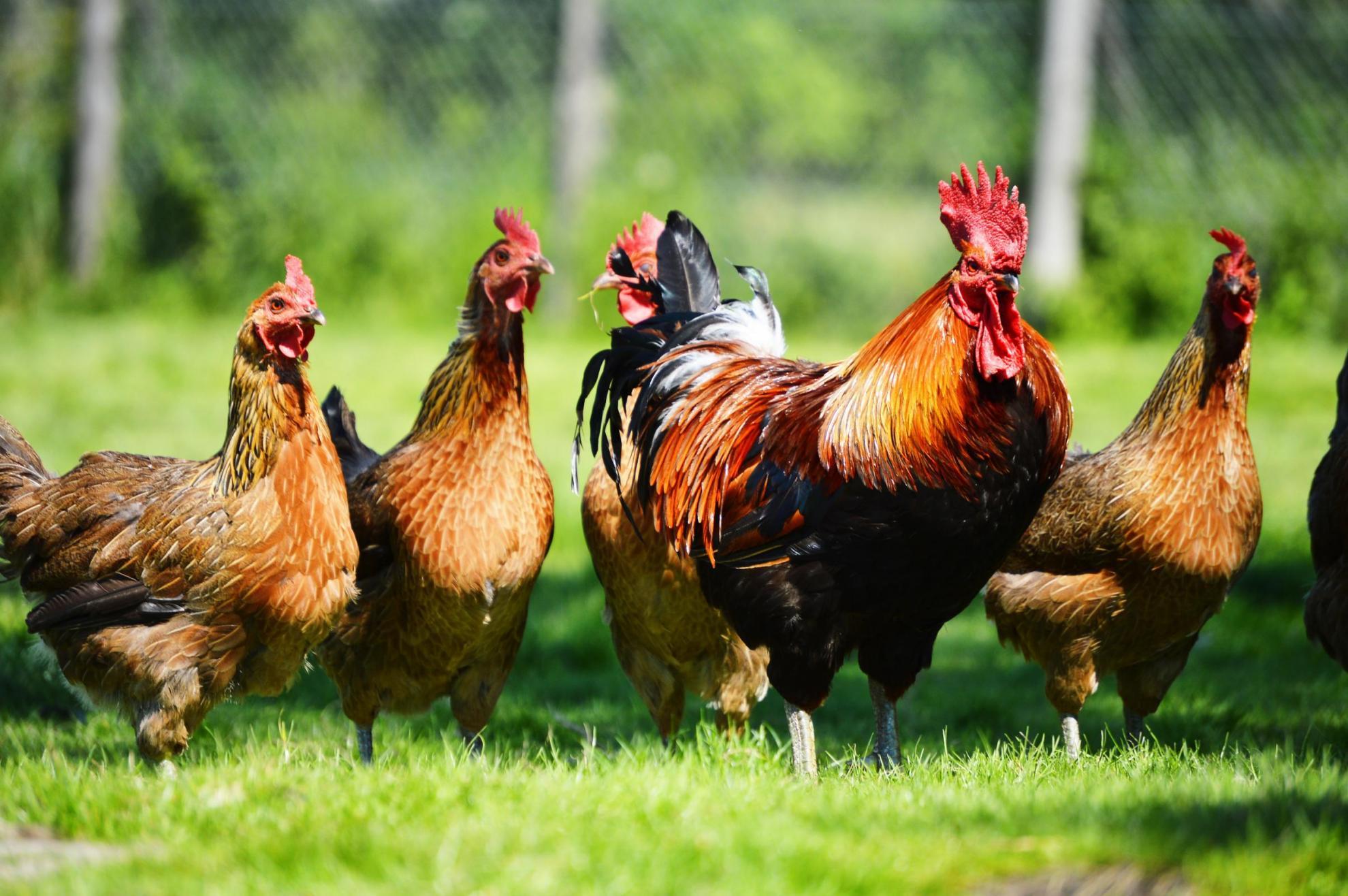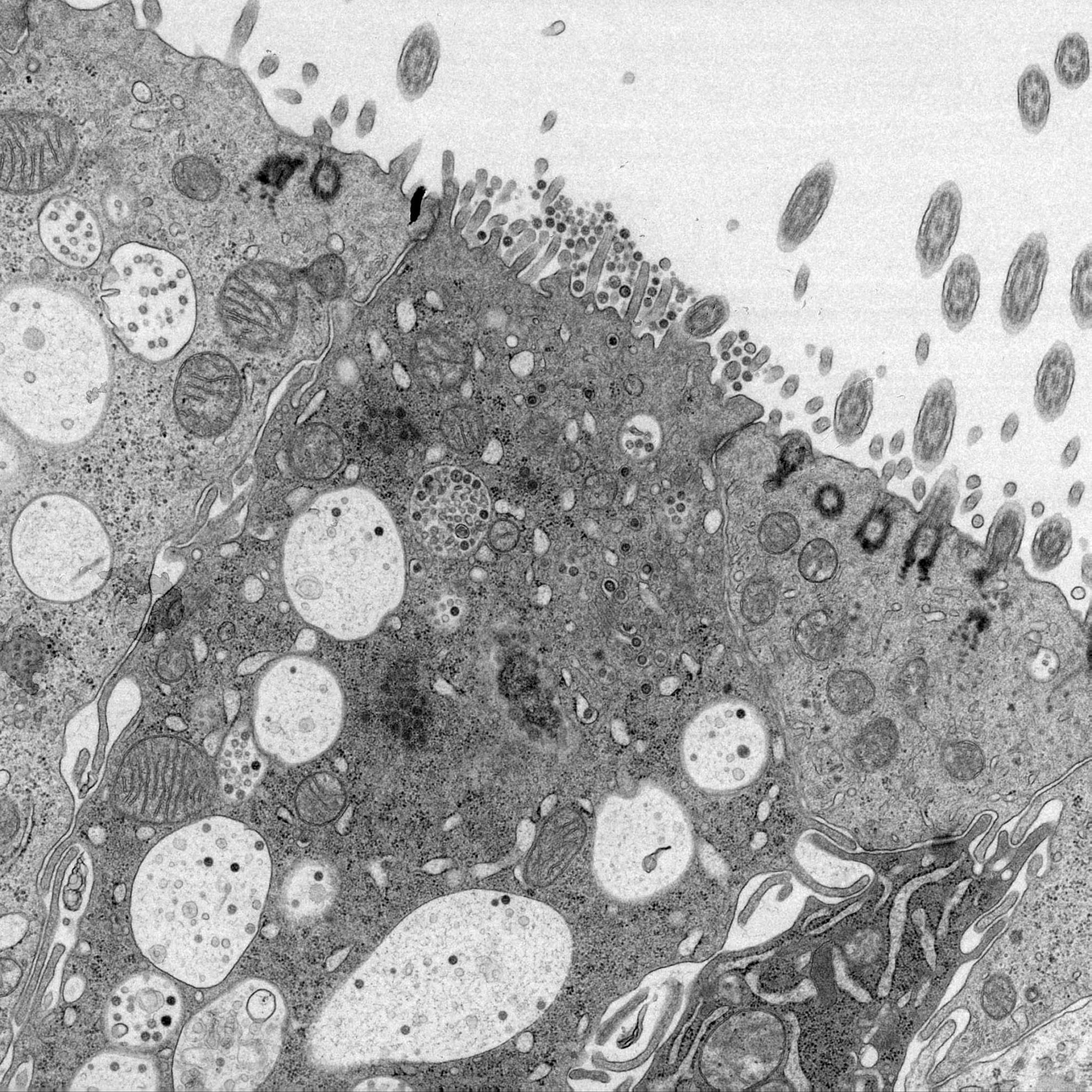Visualizing the autophagy pathway in avian cells and its application to studying infectious bronchitis virus
Autophagy is a highly conserved cellular response to starvation that leads to the degradation of organelles and long-lived proteins in lysosomes and is important for cellular homeostasis, tissue development and as a defense against aggregated proteins, damaged organelles and infectious agents. Although autophagy has been studied in many animal species, reagents to study autophagy in avian systems are lacking. Microtubule-associated protein 1 light chain 3 (MAP1LC3/LC3) is an important marker for autophagy and is used to follow autophagosome formation. Here we report the cloning of avian LC3 paralogs A, B and C from the domestic chicken, Gallus gallus domesticus, and the production of replication-deficient, recombinant adenovirus vectors expressing these avian LC3s tagged with EGFP and FLAG-mCherry. An additional recombinant adenovirus expressing EGFP-tagged LC3B containing a G120A mutation was also generated. These vectors can be used as tools to visualize autophagosome formation and fusion with endosomes/lysosomes in avian cells and provide a valuable resource for studying autophagy in avian cells. We have used them to study autophagy during replication of infectious bronchitis virus (IBV). IBV induced autophagic signaling in mammalian Vero cells but not primary avian chick kidney cells or the avian DF1 cell line. Furthermore, induction or inhibition of autophagy did not affect IBV replication, suggesting that classical autophagy may not be important for virus replication. However, expression of IBV nonstructural protein 6 alone did induce autophagic signaling in avian cells, as seen previously in mammalian cells. This may suggest that IBV can inhibit or control autophagy in avian cells, although IBV did not appear to inhibit autophagy induced by starvation or rapamycin treatment.
Back to publications

